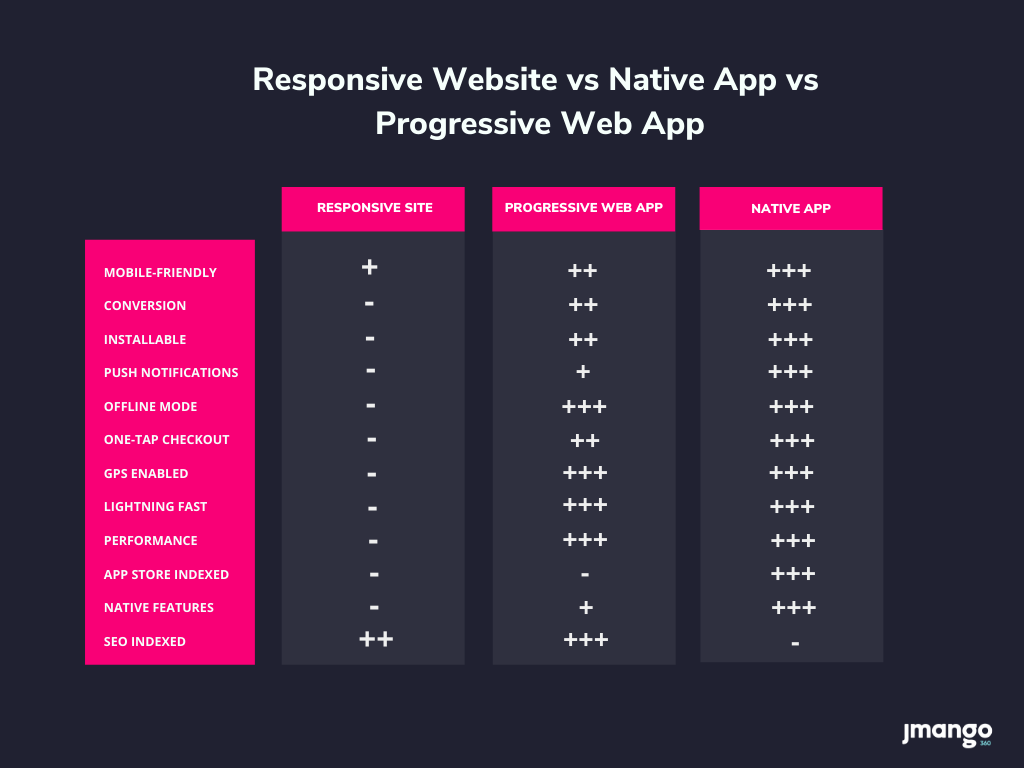
It can be difficult to design a website. Before you design the website, you must understand your target audience. You need to create a user-friendly website that encourages visitors to return and visit again. Web design requires a lot of work, including creating a unique logo, content, branding, and UI/UX design. It also requires the translation of the design into HTML, JavaScript and CSS.
Website mock-up is the most crucial stage of the web design process. This stage involves creating clickable prototypes that will show your client the final design of the website. The mockup is HTML, CSS and other coding that allows you to put together the visuals. This phase helps to make sure the website's functionality is functioning correctly. To ensure that the website loads quickly and accurately, you should also test its visual elements. You might even want to create an e-commerce shopping cart for your site.
The visual design phase concentrates on the brand image as well as the style of site. This phase also includes determining colors and fonts. It also involves creating a navigational structure and breadcrumbs to guide users to different pages. In addition, you should create a site map to help you visualize the connections between pages.

A web plan is an essential part of the web design process. Planning includes asking questions that will help determine your main goals for the site. This includes competitor analysis, creative briefs, and user personas. It also involves brainstorming. These tools are useful for generating ideas and creating an action program.
The wireframe is the most crucial phase in web design. This is where you set the pages' layouts and the goals for the content. It also helps you to identify any gaps in the site map. You should take your time creating the wireframe, as changes made during the development phase will eat up valuable time and money.
The user experience (UX) is a critical aspect of any website. It involves the user's perceptions, actions, as well as their reactions. This phase of the process includes a variety of factors, including content, layout, and the overall user interface (UI). UX is vital for many reasons. It allows you to understand the needs of your target audience, and also allows you to gauge the effectiveness your design.
It can be daunting for newbies to design a website. Even worse, you might be concerned that your lack of formal training will make it difficult to create a website. The truth is that a web design is a craft, and it takes time to master it. But, don't let this stop you from making your ideas a reality. If you keep a few simple guidelines in mind, your website can reach a much larger audience.

Web design is a complex process. These steps will help you achieve your goals. This is true whether you're designing a new website, or redesigning an old one. It's also important to have an effective communication plan. This is why regular meetings and the use of communication software can be very helpful.
FAQ
How much do web developers make?
Working on a website yourself will likely earn you between $60 and $80 an hour. But if you want to charge a lot more, you should consider becoming an independent contractor. An hourly rate of $150-200 could be possible.
How do you design a website?
First, you need to know what your customers want from your site. What are they looking for when they visit your site?
What problems might they have if they don't find what they're looking for on your site?
You now need to know how to fix the problems. Also, you need to ensure that your website looks professional. It should be easy-to-use and navigate.
You should have a well-designed website. It should not take too much time to load. If it takes too long, people may not be able to stay as long. They will move on to something else.
If you want to create an eCommerce site, think about where all of your products are located. Are they all in one location? Are they all in one place?
You must decide whether to sell one product only or many products simultaneously. Are you looking to sell one product or several?
Once you have answered these questions, you can begin building your site.
Now it is time to focus on the technical side. How will your site operate? It will it work fast enough? Are people able to get it done quickly from their computers?
Will it be possible to buy something online without paying any extra? Is it necessary for them to register before they are able to purchase anything?
These are crucial questions you should be asking yourself. These questions will help you to make the right decisions and move forward.
What should I include?
These are the things you should include in your portfolio:
-
Exemplaires of previous work
-
Links to your website (if applicable).
-
Link to your blog.
-
These links will take you to social media websites.
-
Here are links to portfolios online of other designers.
-
Any awards you've been awarded.
-
References.
-
Samples of your work.
-
Here are some links that will show you how to communicate with your clients.
-
These links show that you are open to learning new technologies.
-
You are flexible, these links will show it.
-
Your personality is displayed in the links
-
Videos showing your skills.
Statistics
- Is your web design optimized for mobile? Over 50% of internet users browse websites using a mobile device. (wix.com)
- It enables you to sell your music directly on your website and keep 100% of the profits. (wix.com)
- When choosing your website color scheme, a general rule is to limit yourself to three shades: one primary color (60% of the mix), one secondary color (30%), and one accent color (10%). (wix.com)
- Did you know videos can boost organic search traffic to your website by 157%? (wix.com)
- It's estimated that chatbots could reduce this by 30%. Gone are the days when chatbots were mere gimmicks – now, they're becoming ever more essential to customer-facing services. (websitebuilderexpert.com)
External Links
How To
How to use WordPress in Web Design
WordPress is a free software tool that allows you to create websites or blogs. The main features include easy installation, powerful theme options, plug-ins, and many others. You can customize this website builder to suit your needs. It includes hundreds of themes, plugins, and other tools that can be used to create any type of website. If you wish, you can add your domain name. These tools allow you to easily manage the appearance and functionality of your website.
WordPress can help you create stunning sites even without knowing how to code HTML. Even if you don't have any coding knowledge, you can set up a professional website in minutes. We'll walk you through how to install WordPress on your PC and show you the basics of getting your blog online. We'll explain everything so you can follow along at home.
WordPress.com is currently the most used CMS (Content Management System). It has approximately 25 million worldwide users and counting. There are two versions of WordPress. You can choose to either buy a license at $29 per month, or download the source code and host your site for free.
WordPress is a popular blogging platform. There are many reasons for this. WordPress is simple to use. Anyone can create great-looking websites by learning HTML. Its flexibility is another benefit. WordPress.org offers many themes for free. This means that you can completely customize the look and feel without spending a dime. Finally, it's highly customizable. Many developers offer premium add-ons that allow you to automatically update posts when someone comments on them or integrate social media sharing into your site.